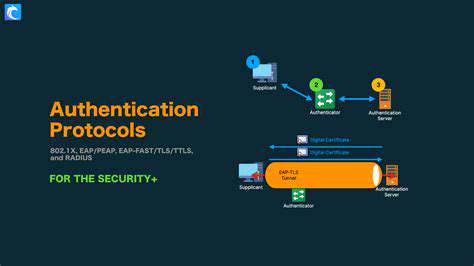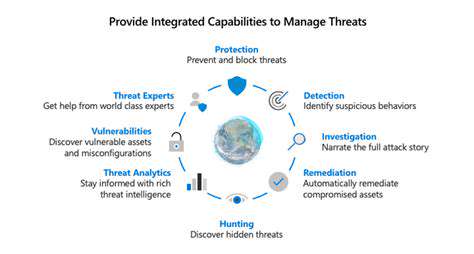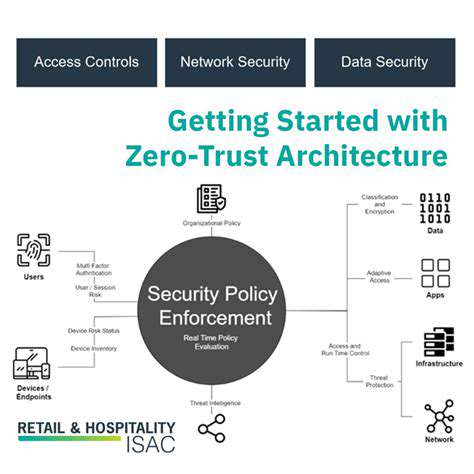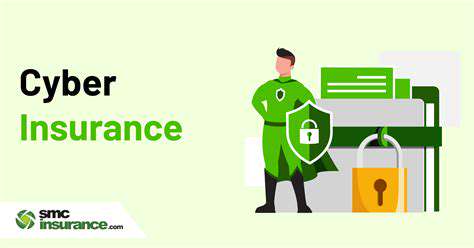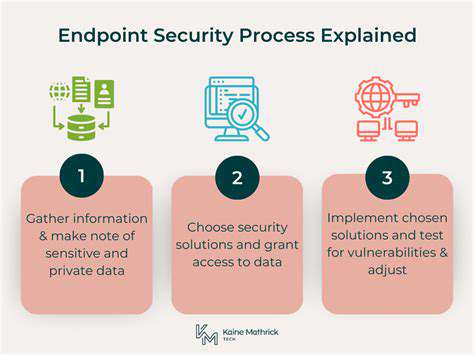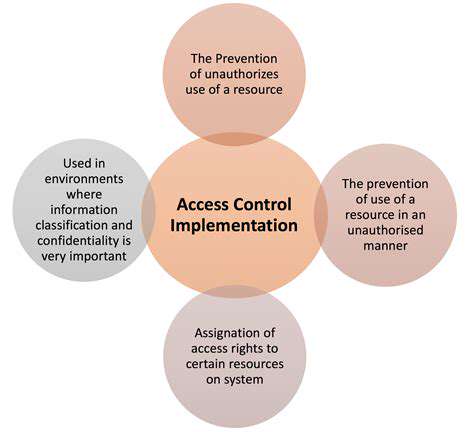Implementing Zero Trust in Remote Work: Key Considerations
Implementing Zero Trust in a Remote Work Environment
The modern workplace has undergone a seismic shift, with remote work becoming the norm rather than the exception. Adopting a Zero Trust framework has emerged as a critical strategy for protecting organizational assets in this new reality. Unlike traditional perimeter-based security models, Zero Trust operates on a fundamental principle: trust nothing, verify everything. This mindset proves particularly valuable when employees access systems from coffee shops, home networks, or co-working spaces - all environments that may lack enterprise-grade security controls.
Successful implementation requires addressing several unique remote work challenges. IT teams must account for the diverse hardware landscape, from company-issued laptops to personal tablets, each with varying security postures. Authentication protocols need to accommodate users across different time zones while maintaining rigorous verification standards. Perhaps most importantly, access policies must be dynamic enough to respond to emerging threats while remaining transparent enough to support productivity. This balancing act defines the modern security professional's daily reality.
Authentication and Authorization Strategies
Modern authentication goes beyond simple password protection. Multi-factor authentication (MFA) has transitioned from best practice to absolute necessity, especially for remote teams. The combination of something you know (password), something you have (security token), and something you are (biometric verification) creates multiple defensive layers against credential compromise. Context-aware systems add another dimension, evaluating factors like login time, geographic location, and device health before granting access.
Authorization deserves equal attention in distributed environments. The principle of least privilege becomes operational through granular permission structures. A marketing specialist in Berlin shouldn't have access to engineering servers in San Francisco, and temporary contractors require different permissions than full-time employees. Automated systems now monitor these access patterns, adjusting permissions in real-time based on behavior analytics and threat intelligence feeds. This dynamic approach prevents both external breaches and internal data leaks.
Network Segmentation and Visibility
The flat network architecture of yesteryear presents unacceptable risks in today's threat landscape. Modern segmentation creates virtual fortresses around sensitive data, ensuring that a breach in one area doesn't compromise the entire organization. Micro-segmentation takes this further, applying protection at the workload level - particularly important when employees access resources from uncontrolled networks. Virtual private networks (VPNs) now incorporate Zero Trust principles, verifying identity and device health before establishing any connection.
Visibility tools have evolved to meet these new challenges. Next-generation monitoring solutions aggregate data from endpoints, cloud services, and network appliances into unified dashboards. Security teams can track anomalies across the entire digital estate, from unusual login attempts to suspicious data transfers. Automated alert systems notify administrators of potential threats while machine learning algorithms identify patterns that might escape human analysts. This comprehensive oversight is essential when the traditional network perimeter no longer exists.
The Future of Zero Trust and Remote Work
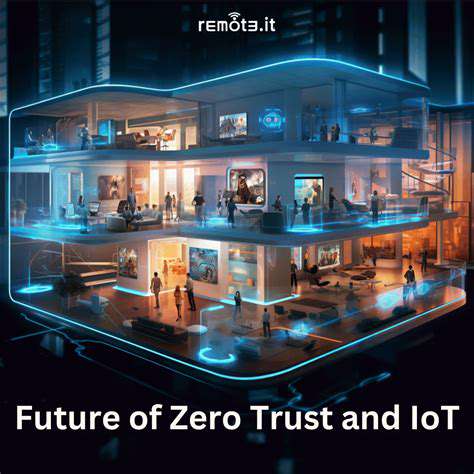
Zero Trust Architecture: A Foundation for Secure Remote Work
The pandemic accelerated digital transformation by years, forcing organizations to rethink security from the ground up. Zero Trust architecture has emerged as the gold standard precisely because it acknowledges a fundamental truth: the network perimeter is dead. Every access request - whether from a corporate headquarters or a suburban home office - undergoes the same rigorous verification process. This paradigm shift represents the most significant change in cybersecurity philosophy in decades.
Implementation requires more than just new technology - it demands organizational change. Departments that previously operated in silos must collaborate closely. HR systems integrate with IT security to manage onboarding and offboarding. Finance teams work with cybersecurity to quantify risk. The result is a living security framework that evolves with both business needs and threat landscapes, providing protection that traditional perimeter defenses simply can't match.
Expanding the Scope of Zero Trust
Today's digital ecosystem extends far beyond office networks. Cloud environments, mobile devices, industrial IoT sensors, and even smart office equipment all represent potential attack vectors. Forward-thinking organizations apply Zero Trust principles to all these domains, creating consistent security postures across hybrid infrastructures. This expansive approach recognizes that in our interconnected world, security is only as strong as its weakest link.
Challenges in Implementing Zero Trust
Transitioning to Zero Trust isn't without obstacles. Legacy systems often lack the capabilities needed for modern authentication and authorization. User experience teams struggle to balance security requirements with employee productivity. Perhaps most challenging is the cultural shift required - moving from implicit trust to continuous verification represents a fundamental change in how organizations operate. Successful implementations typically involve phased rollouts, extensive training, and clear communication about the reasons behind these changes.
The Role of AI and Machine Learning in Zero Trust
Advanced technologies are transforming Zero Trust implementations. Machine learning algorithms analyze vast amounts of authentication data to detect subtle anomalies that might indicate compromise. AI-driven systems can automatically adjust access privileges based on behavioral patterns, reducing the window of opportunity for attackers. These intelligent systems don't replace human judgment - they enhance it by filtering out noise and highlighting genuine threats.
The Future of Zero Trust and Remote Work
As remote and hybrid work models become permanent fixtures, Zero Trust will continue evolving. We're already seeing convergence with other security paradigms like Secure Access Service Edge (SASE) and identity-centric security models. Future implementations will likely incorporate quantum-resistant cryptography and decentralized identity systems. One thing remains certain: in a world without perimeters, Zero Trust provides the framework for secure, flexible operations regardless of where work happens.
